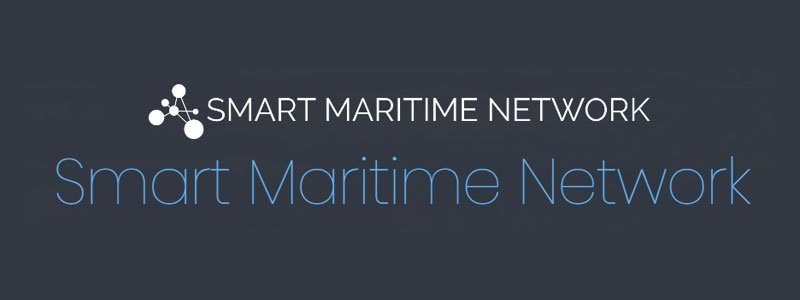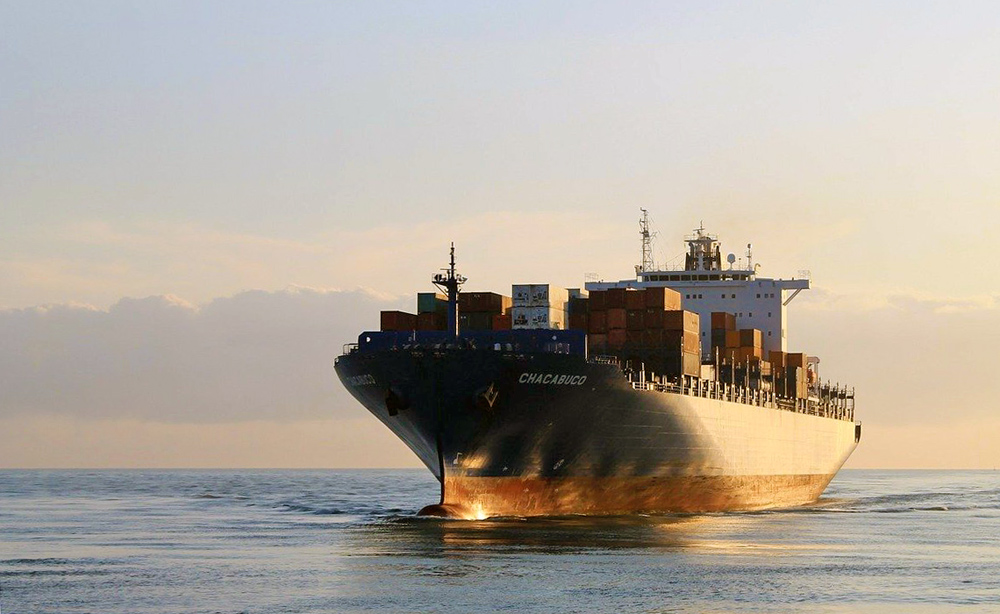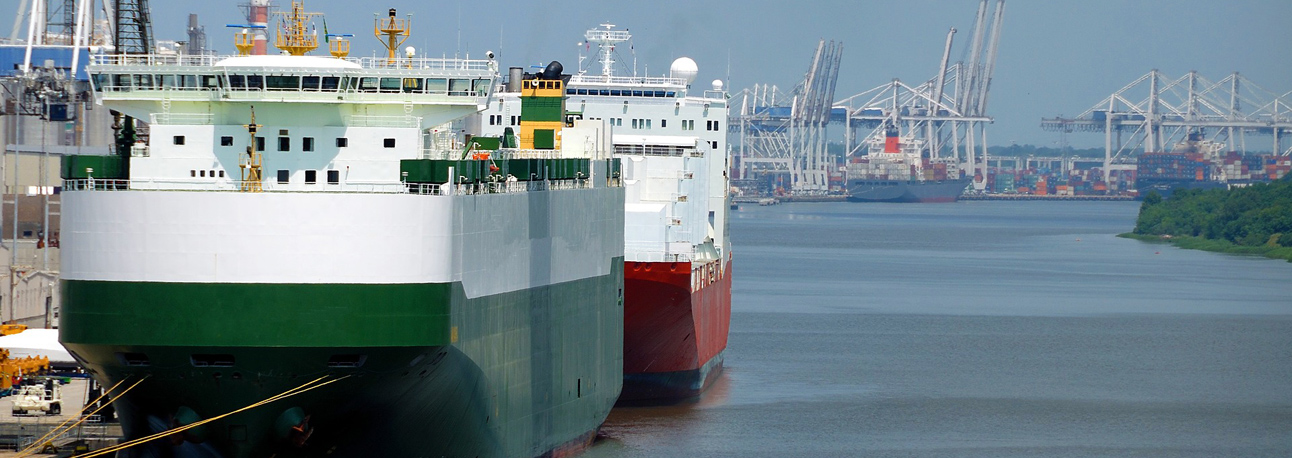A year after the very first Smart Maritime Network conference took place in Athens in 2019, the event was set to return to the city for a reprise and to focus on ‘the pace of progress’. However, the impact of COVID-19 saw the event postponed until June 15, over two years later.

SMN asked industry leaders to share their insights on how digital innovation had been embraced in the previous year and whether the argument of cost versus growth was still stuck in the same place. The key twin drivers of digitalization and sustainability formed the core focus of the event.
Our very own Head of Mobility, Andrew Faiola, participated and here were some key points that he took away from the event.
The trend for data is pointing upwards
Consumption of data on board vessels is rising exponentially. Vessels are consuming 3 times more data than 15 months ago. In contrast, overall Internet traffic over the same period has only expanded twofold. The pace of adoption and expansion of consumption per vessel skyrocketed as the pandemic forced the maritime industry to confront many antiquated, analogue ways of doing business and shifted to a more virtual working environment.
…and there’s more focus on who owns the data
Previously, the SMN Council had agreed that industry standards for data, based on ISO19848, a standard for shipboard machinery and equipment, are a necessity. A huge, united effort will be required to establish standards that will set the stage for interoperability where technology, such as IoT, is installed during the building of vessels.

There are also additional issues pertaining to access to raw data for parties other than the owner, what counts as public and private data and the revenue models for accessing data.
There’s a renewed focus on safety
Not only has the pandemic pushed up data usage but it has also pushed safety back to the top of the agenda again. There is overall greater recognition of the danger that fatigue, pressure, and loneliness can lead to an increased incidence of human error. This is resulting in a move towards developing new systems that pro-actively monitor situational awareness, and alert authorities without the need for human intervention. The contents of Voyage Data Recorders (VDRs) can be potentially offloaded immediately in a crisis situation, or perhaps at some point virtual VDRs will sit in the Cloud.
There are similarities with the aero sector
An interesting session featuring the International Air Transport Association (IATA) and the Digital Container Shipping Association (DCSA) highlighted the many similarities between the two industries to the greater shipping community. However, there is little dialog between the two. Both industries are very capital-intensive with long time horizons and an inherently conservative nature. Standards can sometimes take decades to be adopted. The sharing of information and experiences of digitalization could be a positive for both industries, enabling them to learn from each other.
It is clear that today there is still great strength in working collectively as an industry (and also to take lessons from outside of it) to provide the most effective solutions. Interoperability and common goals are what will ultimately drive a seamless and robust end to end supply chain.
